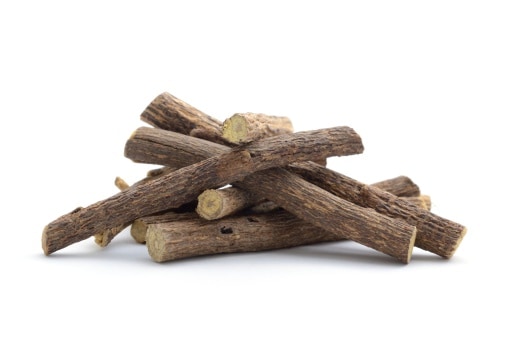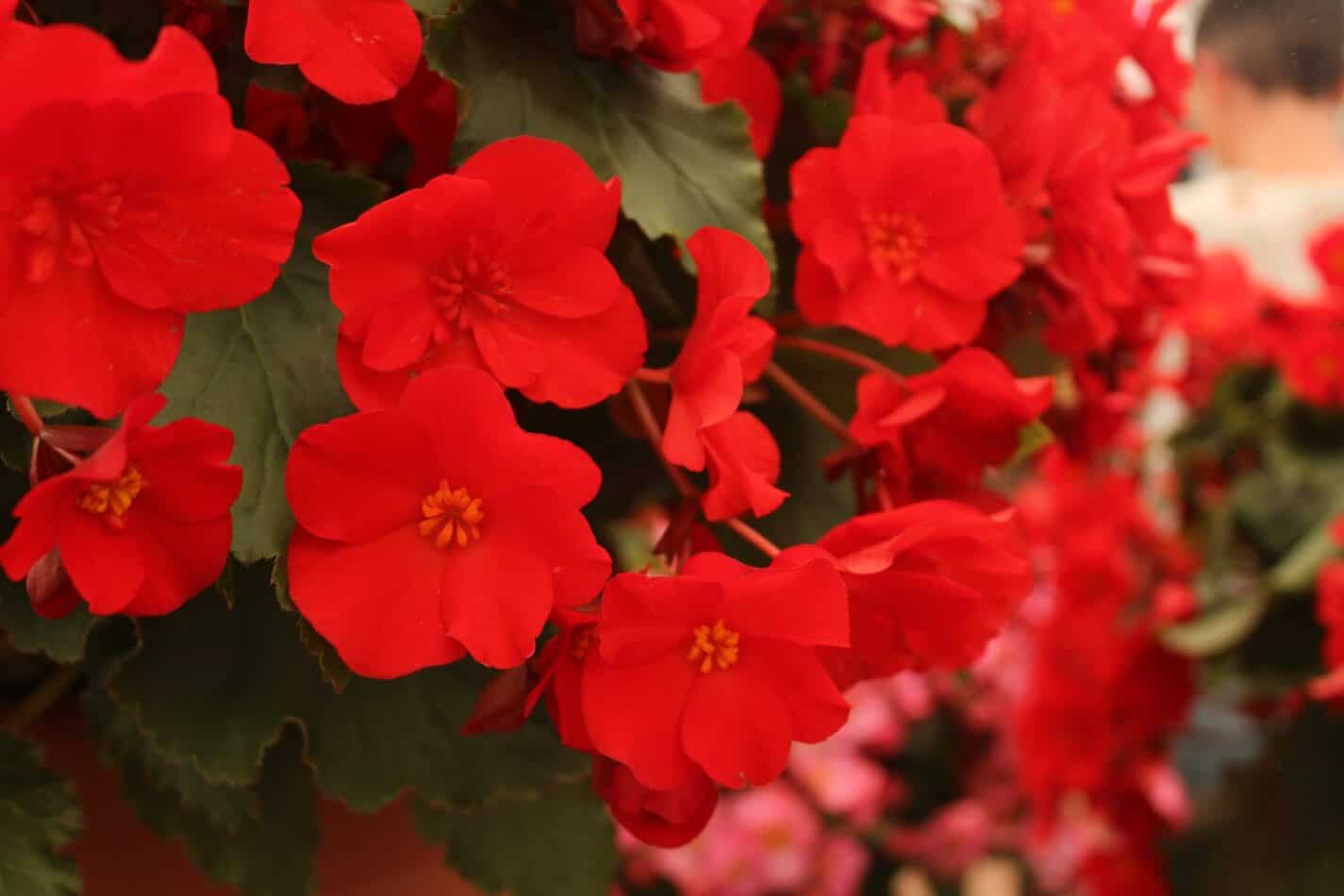The Latin name of Licorice Root, Glycyrrhiza glabra, literally translates to the Greek ‘glykyrrhiza’ meaning sweet and ‘glabra’ meaning smooth. The root of this flowering herbaceous perennial is known for its sweet and aromatic flavor and is used to make the popular licorice they candy.
How to Plant and Grow Licorice Root
Growing Licorice Root starts with finding a spot that has good soil drainage and a lot of sun. A four- to six-hour exposure to direct sunlight is best for this plant. Licorice root grows best in soil with a neutral to slightly alkaline pH, between 6.6 and 7. Water your Licorice Root once a week to keep soil evenly moist, and make sure it is never allowed to dry out. Fertilize the plant every other week using a balanced fertilizer for better growth and blooms.
Licorice Root is best suited for growing zones 3 to 8. When planting Licorice Root, make sure to leave enough room for it to spread, as it can grow up to two feet tall and three feet wide.
Meaning and Symbolism
Licorice Root was first cultivated by the Ancient Egyptians, and it remains symbolically linked to the country today. The plant stems and flowers are said to represent spiritual growth and courage, while the roots are believed to be a symbol of creativity and strength. In the ancient world, Licorice Root was used to add flavor to food and drinks, symbolizing a sweet yet strong flavor much like the concept of life.
History, Mythology, and Religious Significance
One of the oldest records of Licorice Root’s use dates back to at least 2000 BC in Egypt. The plant was used for medical, culinary, and religious purposes. Licorice Root was used to make beer and wine, in addition to being a flavoring agent. The Ancient Greeks and Romans used it to make medicine, believing it had the power to heal the sick and promote long life. The Bible also mentions Licorice Root, as it is one of the ingredients used to make the oil of anointing. The sweet flavor of the root also has spiritual significance among many cultures, symbolizing divine sweetness and longevity.
Flower Varieties and Defining Characteristics
Licorice Root is a flowering herbaceous perennial of the Fabaceae family and is typically grown for its sweet and aromatic roots. However, it also produces beautiful blooms that look like cones standing upright. These blooms are typically lilac to purple in color and add texture to any garden. There are two varieties of Licorice Root:
- Glycyrrhiza glabra –Also known as the “true licorice,” this is the common type of Licorice Root and has been used since ancient times for its healing properties. It is taller and more upright in shape and has the sweetest roots.
- Glycyrrhiza echinata-Commonly known as “Chinese licorice,” this type of Licorice Root is smaller and more spreading than G. glabra. The roots are slightly bitter, making it more suitable for medicinal purposes than for culinary use.
How to Pot and Repot
Licorice Root, like any plant, should be repotted when it has become root bound. To repot the Licorice Root, start by carefully lifting the root ball out of the pot, taking care not to damage the roots. Loosen the root ball, un-pot the plant, and place the root ball in damp potting mix. Place the plant in its new home, taking care not to pack it too tightly. Then add more potting mix to fill in any gaps, and water the plant until it is evenly moist.
How to Prune
Pruning your Licorice Root is a great way to promote stronger and healthier growth. Prune the plant mid-summer after the flowers are done blooming. To prune, simply use sharp, clean pruning shears and remove the dead flowers and any dead or dying stems. You can also prune back overgrown stems to keep the plant looking tidy and promote new growth.
How to Propagate
Licorice Root can be easily propagated from cuttings. Start by selecting a healthy stem on the Licorice Root that is free from pests and diseases. Cut the stem from the parent plant, making sure to leave 2 to 4 nodes on the stem that will be used for rooting. Place the stem in moist potting mix and allow it to take root before transferring it to a new pot. You can also propagate Licorice Root from seed, but this method takes longer and is less successful.
Common Pests and Diseases
Licorice Root is generally quite resistant to pests and diseases, however it can still be prone to fungal diseases if not cared for properly. The most common pests include aphids and spider mites, which can be eliminated with insecticidal soap. The most common diseases are powdery mildew, root rot, and wilt. The best way to prevent these is to make sure the plant is growing in well-draining soil and not overwatered.
Questions and Answers
- How long does it take for Licorice Root to flower?
Licorice Root typically blooms in late summer or early fall. - Is Licorice Root a perennial plant?
Yes, Licorice Root is a perennial plant. - Can Licorice Root be grown indoors?
Yes, Licorice Root can be grown indoors, although it has higher demands of light and water compared to other houseplants.
Table Fact Sheet
| Licorice Root | Glycyrrhiza glabra |
| Family | Fabaceae |
| Plant Type | Perennial |
| Mature Size | Up to 2 feet tall and 3 feet wide. |
| Sun Exposure | Minimum 4-6 hours of direct sunlight. |
| Soil Type | Neutral to slightly alkaline, well-draining soil. |
| Soil pH | 6.6 to 7 |
| Bloom Time | Late summer or early fall. |
| Flower Color | Lilac to purple. |
| Hardiness Zones | 3-8 |
| Native Area | Europe and North Africa |
What we love from Amazon this week
Buy these wonderful flowers directly from Amazon:















